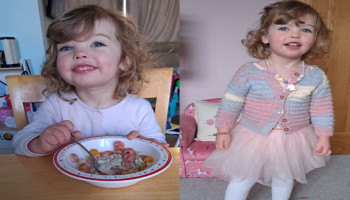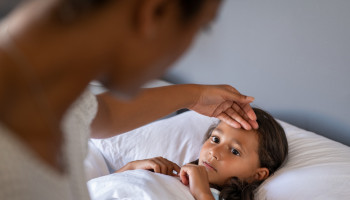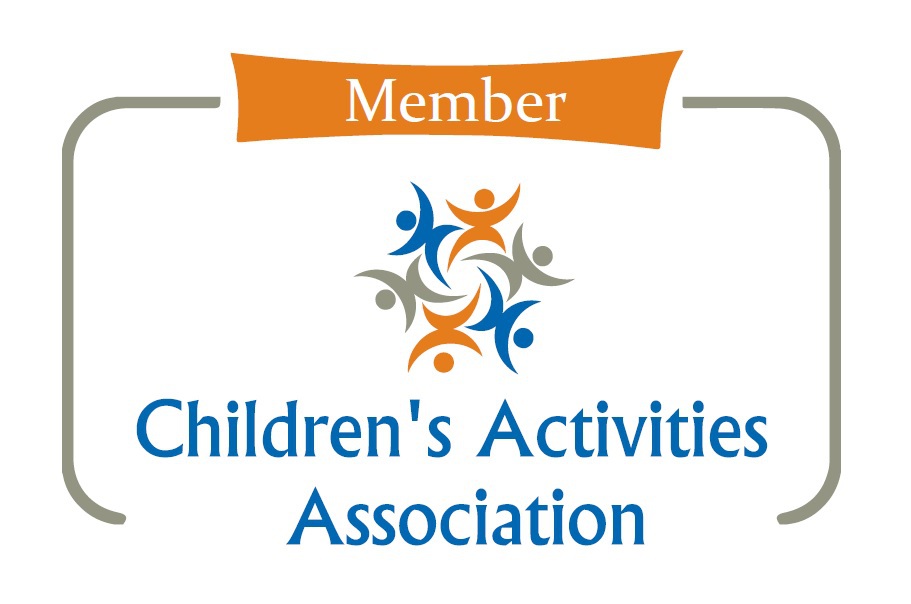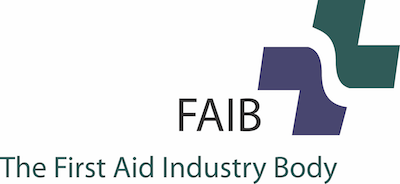World Diabetes Day falls on 14th November and aims to raise awareness of this complex disease. With UK diabetes rates rising for both type 1 and type 2 diabetes, it’s important to be able to recognise the signs and symptoms so that you can get your child treated quickly. When diabetes is left unchecked it can cause long term complications to children's health, so fast diagnosis is really important. Luckily, one of our Mini First Aid franchisees Michelle Dady is a Paediatric Diabetes Specialist Nurse so we’ve got all the information you need to know . . .
Diabetes: what are the statistics?
Type 1
diabetes:
· Approximately 29,000 children in the UK have type 1 diabetes
· The number of new diagnoses in children under 5 is increasing by 5% every year
· Around 85% of people with type 1 diabetes have no family history of the condition
· The UK has one of the highest rates of type 1 diabetes in the world
· A person with type 1 diabetes will have around 65,000 injections and measure their blood glucose more than 80,000 times in their lifetime
Type 2 diabetes:
· Nearly 1600 children are now living with type 2 diabetes
· Type 2 diabetes is more serious in children than in adults, with more serious long term health complications
· Many families do not know their child has type 2 diabetes – only 30% of children who live with the condition are receiving the care they need
What is type 1 diabetes and what are the symptoms?
Type 1 diabetes makes the level of glucose (sugar) in your blood too high. It happens when your body can’t produce enough of the hormone insulin – this is what controls our blood sugar levels.
It is important to remember that Type 1 diabetes is an autoimmune disease. This means it is something that happens as a spontaneous event. At some point the person will have had an infection, maybe a cough and cold, and as the body tries to fight off that infection, for some reason it does some damage to the cells in the pancreas that normally produce insulin. This event happens without anyone knowing.
The most common symptoms of type 1 diabetes in children can be referred to as the 4 T’s:
- Toilet — if your child is having lots of toilet trips, bed wetting when they were previously dry or getting up a lot to go to the toilet in the night, this might be an indicator. Heavier nappies than usual for your baby can be a sign.
- Thirsty — if your child is suddenly unusually thirsty and can’t quench this thirst, this could be a symptom of type 1 diabetes. They might ask for drinks more often, and finish their drink much quicker than is usual.
- Tired — if your child is more tired than usual with no obvious reason this could be a sign. They might be playing less than usual, or not putting their usual effort into sports / activities.
- Thinner — if they are losing weight or looking thinner than normal, with no other obvious cause, this could also be a sign of type 1 diabetes.
As well as the 4 T’s, you might also have noticed that your child is getting poorly with infections more often than is normal for them.
My child has the above symptoms – what should I do if I suspect type 1 diabetes?
All of the above symptoms come on quite quickly in children. It could be as little as a matter of days or weeks. You must seek urgent medical help as soon as you suspect type 1 diabetes.
Take them straight to the doctor and ask for a blood glucose test – this is a quick and simple finger prick test. If this shows high blood sugar, then your GP will refer your child to a specialist diabetes team. They will help you manage your child’s diabetes showing you how to inject insulin, test blood glucose levels and they will also advise on your child’s diet.
Early diagnosis is so important. Often parents will think their child might have a urine infection as they are going to toilet more than normal or have maybe started wetting the bed. Asking ‘could it be diabetes’ and getting the child seen the same day is vital to ensure they are not too unwell on diagnosis. Too many children are not diagnosed with type 1 diabetes until they are in diabetic ketoacidosis, a life-threatening condition.
Signs of diabetic ketoacidosis are:
- being very thirsty
- needing to wee more often
- feeling tired and sleepy
- confusion
- blurred vision
- stomach pain
- feeling or being sick
- sweet or fruity-smelling breath (like nail polish remover or pear drop sweets)
- passing out
What is type 2 diabetes and what are the symptoms?
Type 2 diabetes causes the level of sugar (glucose) in the blood to become too high. Unfortunately it is on the rise in children as we live a more sedentary lifestyle and have access to a huge range of processed foods which can lead to being overweight.
Sometimes children have type 2 diabetes without their parents or carers realising. This is because the symptoms don’t always make children feel especially poorly.
Symptoms can include:
- weeing more than usual, particularly at night
- being very thristy
- feeling very tired and not wanting to play as much as usual
- losing weight
- repeatedly getting thrush infections, or feeling itchy in private parts
- cuts or wounds taking longer to heal than is usual
- blurred vision
If untreated, type 2 diabetes can lead to permanent damage to your child’s body due to the build up of sugar in the blood. This can then cause serious health complications with children’s eyes, heart and nerves.
How is type 2 diabetes treated?
Visit your GP if you suspect your child has diabetes of either type. Blood and urine tests will be carried out to assess whether diabetes is present.
If your child is diagnosed:
· ask your GP if you can receive care from a specialist paediatric diabetes clinic in your local area (unfortunately these are not available nationwide)
· your GP might prescribe medication, which you will be shown how to use
· you should be given support on making changes to your child’s diet and activity levels
· your child should be given regular type 2 diabetes check ups
I’ve heard about a hypo – what is this?
A hypo or hypoglycaemia can occur when the blood sugar level gets too low. For people with diabetes it can be difficult to balance medication, food and physical activity in order to maintain a healthy blood sugar level.
The most common symptoms of low blood sugar are:
- feeling shaky
- sweating
- being anxious or irritable
- going pale
- palpitations and a fast pulse
- lips feeling tingly
- being hungry
- feeling tearful
- tiredness
- having a headache
- lack of concentration
Understanding why your child gets hypos can help you prevent them from happening as often. We don’t always know why hypos happen, but some things make them more likely. These include:
- missing a meal or snack, or having a late meal
- not eating enough carbohydrates (eg bread, potatoes, pasta, rice)
- doing lots of exercise or activity without having extra carbohydrate or without reducing your insulin dose (if your child take insulin)
- taking more insulin (or certain diabetes medication) than your child needed
If your child has diabetes, it’s really important that your nursery, child minder or school is aware of this and of any medication needed. This is because if your child is spending a significant amount of time with other people, they are an integral part of managing their diabetes.
Having too frequent hypos or a pattern to those hypos means you need to have a review by your team. Managing diabetes is all about getting the right balance and trying to reduce the impact on people’s lives as much as possible.
A final word from Michelle:
“I worked within diabetes for over 8 years looking after hundreds of children and their families. I regularly spoke to families about the new diagnosis and one thing that families always found hard was the thought that it was somehow their fault. As a diabetes team we would see the guilt this caused. It is so important for families to understand that diabetes is not something they could have prevented, and it has not happened because of anything they did wrong. Many teams now have a designated psychologist who can help the children and their families through this difficult process.”
Having a child with diabetes can be frightening but there are loads of resources out there. Digibete UK have loads of great videos for parents and carers. There is also loads of great advice on Diabetes UK. We hope this blog has helped you understand this complex illness a little better.
All the best, Michelle and the Mini First Aid Team
Sources: Diabetes UK, Digibete UK, NHS UK, JDRF (leading diabetes charity)
These multi award winning gorgeous Pippeta sets are ideal as a 1st spoon and fork for your little one!
Why buy Pippeta?
- Made for Mums Gold award winner 2022 - Best Cutlery and Tableware
- Loved by Parents Platinum award winner 2022 - Best Weaning Product
- The Choke Guard makes them safe for little ones and the chunky handles are easy to grip
- Dishwasher and microwave safe
- a choice of stylish pastel colours
We think these would make lovely Christmas presents. Get ahead early and buy your gorgeous Pippeta cutlery here!










